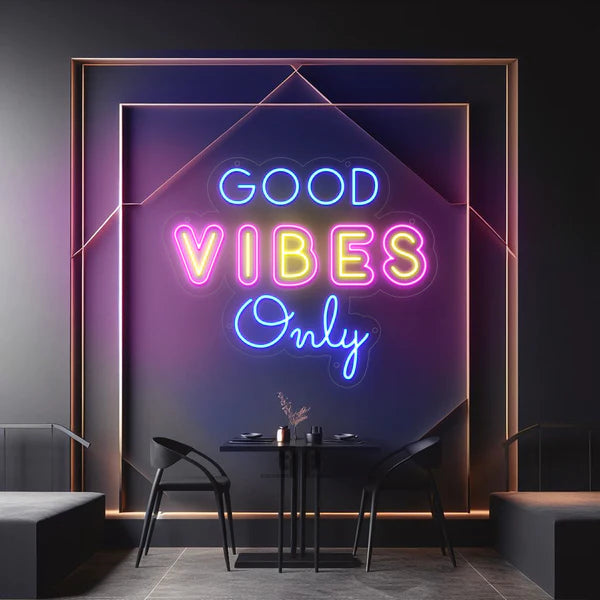Article: A Brief History Of Neon & The Modern LED Neon Sign Movement

A Brief History Of Neon & The Modern LED Neon Sign Movement
Neon was first discovered by a Scottish Scientist, born in Glasgow in 1852: William Ramsey. He was credited jointly for the discovery with Lord Rayleigh (Source: https://www.encyclopedia.com/science/encyclopedias-almanacs-transcripts-and-maps/rare-gases-0) Both Lord Rayleigh and Ramsey worked in their seperate labs, communicating with each other daily. The name given to the new element was derived from a Greek word: (Ne) neos, meaning: new. Commonly known as, Neon. In 1904 Ramsey was awarded a Nobel Prize in Chemistry for his findings.

Several years following the discovery of Neon gas, Georges Claude introduced the conventional Neon Sign at the 1910 Paris Motor Show. Utilising Geissler tubes, glass tubes filled with the rarefied gas Neon (Ne), Claude observed that passing an electrical current through the gas resulted in the production of light. (Source: https://www.britannica.com/biography/Georges-Claude)
So How Have Neon Signs Changed Today?
The majority of Neon Signs you see advertised in modern times have absolutely no association with (Ne) Neon Gas and glass tubes. The method for creating Neon Signs is attributed to the use of LED lights. LED (light emitting diode) lighting products exhibit up to 90% greater efficiency in light production compared to incandescent bulbs. The mechanism involves an electrical current passing through a microchip, causing the illumination of small light sources known as LEDs, resulting in visible light. (Source: https://www.energystar.gov/products/lighting_fans/light_bulbs/learn_about_led_bulbs)

To achieve the classic Neon Sign aesthetic, manufacturers carve a channel in transparent acrylic plastic and meticulously embed an LED strip inside. The final touch involves placing a rubber tube atop the LEDs, simulating the effect of a neon gas-filled glass tube using LEDs and plastic.

Here at Be Personalised we love the new "modern" LED Neons, as they are way more durable and still look as amazing as the real deal!